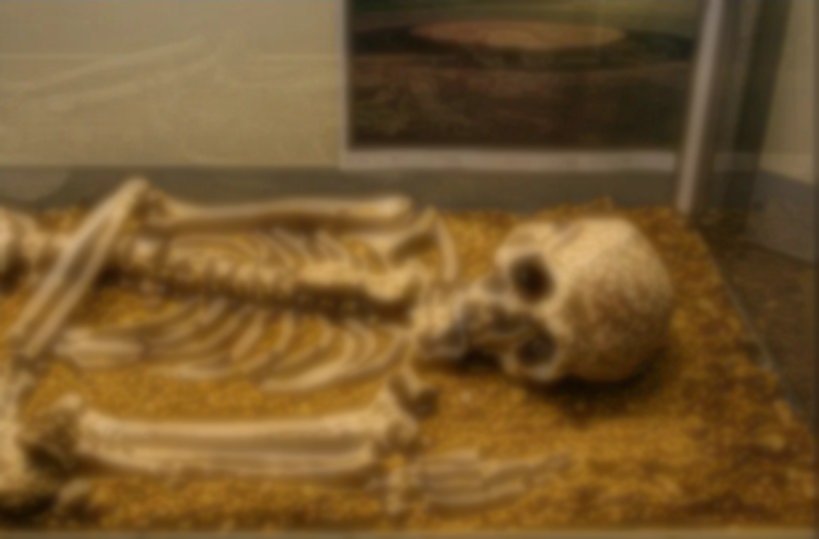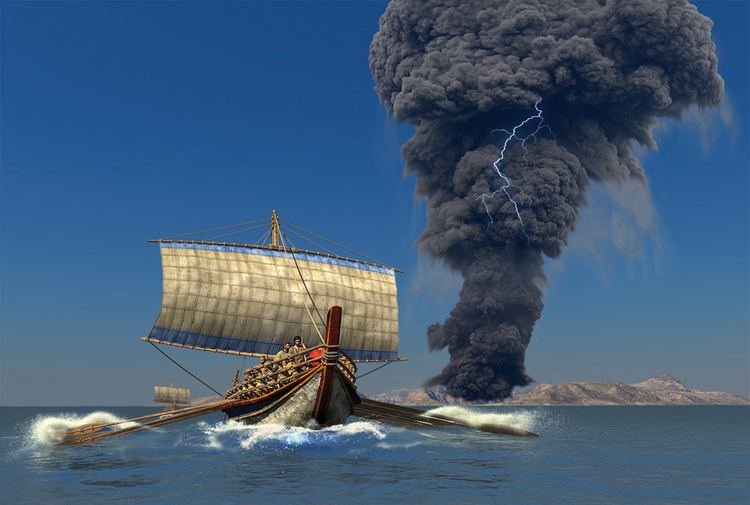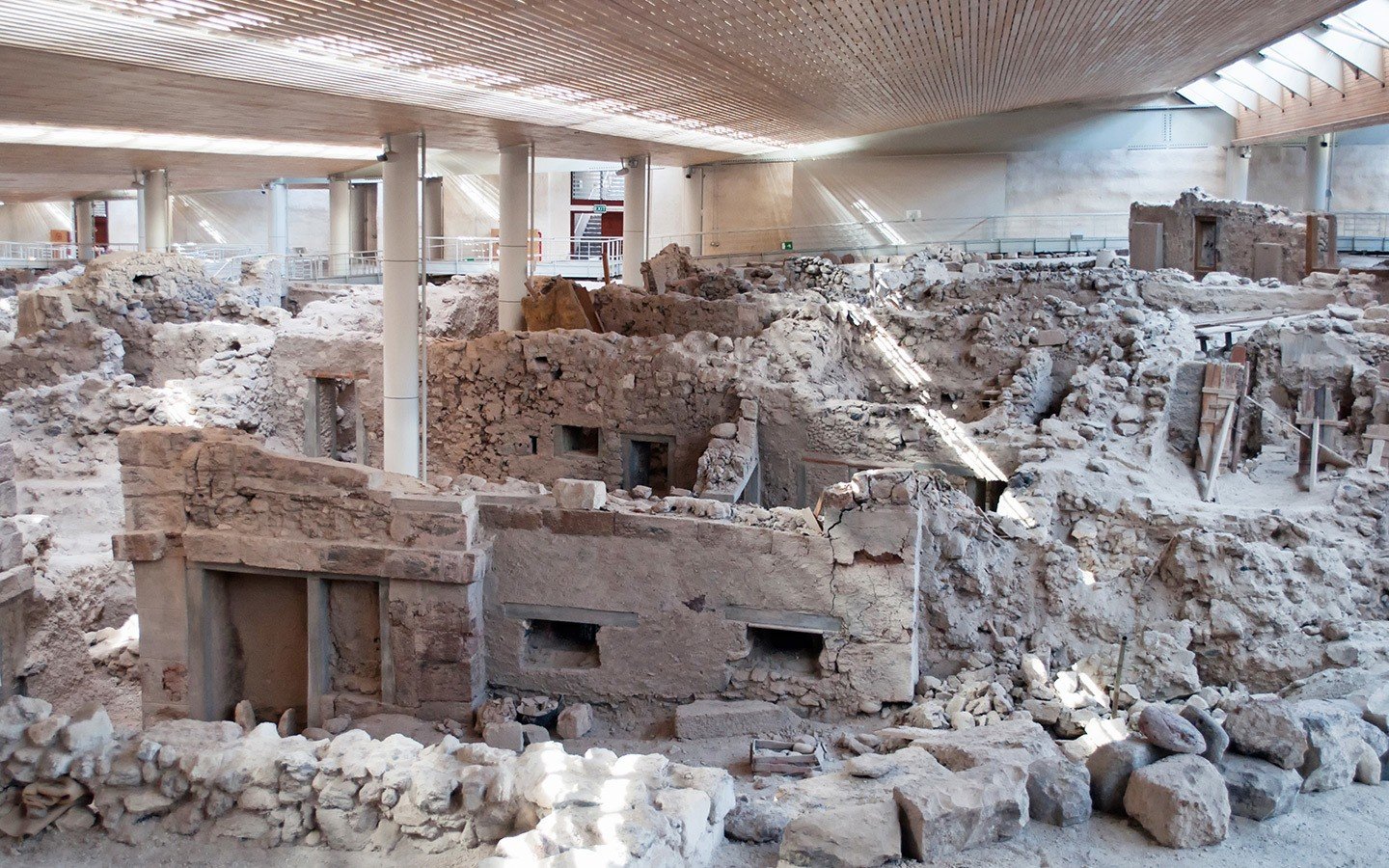A human skeleton and dog skeleton were found in Turkey that age back to the Thera eruption in modern-day Santorini.
Some 3,500 years after the eruption of Thera (modern-day Santorini) in the late Bronze age, skeletons of a human and a dog were found along the Turkish coast among tsunami debris.
This is a remarkable find by Dr. Beverly Goodman-Tchernov of the University of Haifa and Dr. Vasif Şahoğlu of Ankara University who wrote up the study together for the peer-reviewed journal the Proceedings of the National Academy of Sciences of the United States of America (PNAS).
Not only do these findings provide more insight into how catastrophic the eruption was for the region, they also give researchers more information for the study of the chronology and history of the Bronze Age. Using calibrated radiocarbon ages from other tsunami debris, the scientists were able to estimate the skeletons as having come from sometime around 1612 BCE.
"This discovery was the outcome of many years of excavations by my colleague Dr. Prof. Şahoğlu combined with sedimentological analysis to assess the deposit origins," said Goodman-Tchernov. "He invited me to come to Turkey in order to assist him to determine whether an ash layer at the site was linked to the Thera Eruption, and when I saw the section, I noticed that there were some similarities immediately below the ash layer to tsunami deposits I had seen elsewhere."
The excavations took place over 10 years, ending in 2019. They were conducted by an international team led by Şahoğlu under the permit of Turkey's Ministry of Culture and Tourism.
Akrotiri archaeological site, Santorini, Greece
"We proceeded to study the deposit, which for many years frustrated and confused us until it became clear that our error was thinking that only a small part of the deposit was tsunami-related, and in fact, the tsunami deposit was much larger than we could have imagined," recounted Tcherov. "Once we understood this, the entire excavation area fit together logically, and the discovery of the human skeleton was like receiving confirmation from the ancients."
The discovery was uncovered using multiple disciplines like earth sciences, geology and archaeology. The evidence gathered by the study shows that massive tsunamis descended on the northern Aegean. This contradicts the belief previously held that assumed that the destruction of the region was due to volcanic ash fallout.
The Thera eruption was a major critical event for the region bringing with it death, destruction and disaster. Despite the earthquakes, ash and tsunamis that plagued the region, however, this is the first time that remains of victims were found. The area in which these skeletons were found indicates to researchers that perhaps survivors were not able to rescue him on time.
"Natural disasters, whether eruptions, tsunamis, earthquakes, hurricanes or plagues, have long been a part of the story of humanity," said Goodman Tchernov. "Every one of us is descendent from people who, whether by luck, skill or accident of geography, managed to survive these challenges. Çeşme man, and other remains from the rescue effort, gives us an opportunity to time travel into the past and better understand what the people experienced at that time. Through this, we can better prepare for what is possible in the future by understanding what happened in the past.









